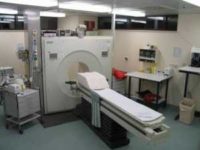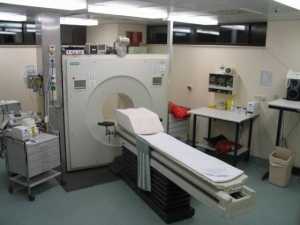Alzheimer's - Dementia, Author Interviews, CT Scanning, JAMA, Medical Imaging / 20.09.2018
Using Tau PET Scan to Distinguish Alzheimer Disease from Other Neurodegenerative Disorders
MedicalResearch.com Interview with:
 Rik Ossenkoppele -PhD
Lund University & VU University Medical Center
Oskar Hansson - Lund University
MedicalResearch.com: What is the background for this study? What are the main findings?
Response: [18F]flortaucipir is a relatively novel PET tracer that can be used to detect tau pathology in the living human brain. Previous studies have shown a robust signal in patients with Alzheimer’s disease, but in patients with other types of dementia the signal was more variable.
We aimed to assess the ability of [18F]flortaucipir PET to distinguish Alzheimer’s disease from other neurodegenerative disease in more than 700 study participants. T
he main finding was that [18F]flortaucipir discriminated Alzheimer’s disease patients from patients with other neurodegenerative diseases with high accuracy. Furthermore, [18F]flortaucipir PET outperformed established MRI markers and showed higher specificity than amyloid-β PET. (more…)
Rik Ossenkoppele -PhD
Lund University & VU University Medical Center
Oskar Hansson - Lund University
MedicalResearch.com: What is the background for this study? What are the main findings?
Response: [18F]flortaucipir is a relatively novel PET tracer that can be used to detect tau pathology in the living human brain. Previous studies have shown a robust signal in patients with Alzheimer’s disease, but in patients with other types of dementia the signal was more variable.
We aimed to assess the ability of [18F]flortaucipir PET to distinguish Alzheimer’s disease from other neurodegenerative disease in more than 700 study participants. T
he main finding was that [18F]flortaucipir discriminated Alzheimer’s disease patients from patients with other neurodegenerative diseases with high accuracy. Furthermore, [18F]flortaucipir PET outperformed established MRI markers and showed higher specificity than amyloid-β PET. (more…)
 Rik Ossenkoppele -PhD
Lund University & VU University Medical Center
Oskar Hansson - Lund University
MedicalResearch.com: What is the background for this study? What are the main findings?
Response: [18F]flortaucipir is a relatively novel PET tracer that can be used to detect tau pathology in the living human brain. Previous studies have shown a robust signal in patients with Alzheimer’s disease, but in patients with other types of dementia the signal was more variable.
We aimed to assess the ability of [18F]flortaucipir PET to distinguish Alzheimer’s disease from other neurodegenerative disease in more than 700 study participants. T
he main finding was that [18F]flortaucipir discriminated Alzheimer’s disease patients from patients with other neurodegenerative diseases with high accuracy. Furthermore, [18F]flortaucipir PET outperformed established MRI markers and showed higher specificity than amyloid-β PET. (more…)
Rik Ossenkoppele -PhD
Lund University & VU University Medical Center
Oskar Hansson - Lund University
MedicalResearch.com: What is the background for this study? What are the main findings?
Response: [18F]flortaucipir is a relatively novel PET tracer that can be used to detect tau pathology in the living human brain. Previous studies have shown a robust signal in patients with Alzheimer’s disease, but in patients with other types of dementia the signal was more variable.
We aimed to assess the ability of [18F]flortaucipir PET to distinguish Alzheimer’s disease from other neurodegenerative disease in more than 700 study participants. T
he main finding was that [18F]flortaucipir discriminated Alzheimer’s disease patients from patients with other neurodegenerative diseases with high accuracy. Furthermore, [18F]flortaucipir PET outperformed established MRI markers and showed higher specificity than amyloid-β PET. (more…)
